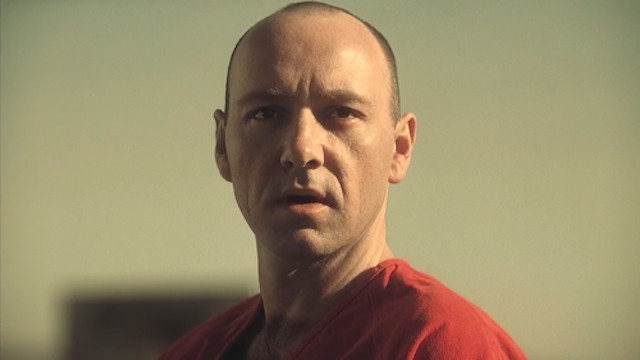
A great scene can do a lot for a movie. Even if the film itself is relatively unimpressive, a standout scene of great action, emotional drama or visual wonder can ensure that you never forget about that movie.
In the 1990s the film industry was undergoing major changes. CGI was taking off and finding its place in the industry as filmmakers learned how to incorporate it into their films. Meanwhile, the independent circuit was taking off in a big way, moving from the coastal regions to penetrating the heartland of America. One way or another new voices were emerging all the time and showcasing their innovative and radical methods of filmmaking to the world.
Whether it be through a vital revelation, massive spectacle or just the beauty of a quiet detail, each scene here offered a unique and provocative input to the art of filmmaking.
25. It’s Not Your Fault in Good Will Hunting
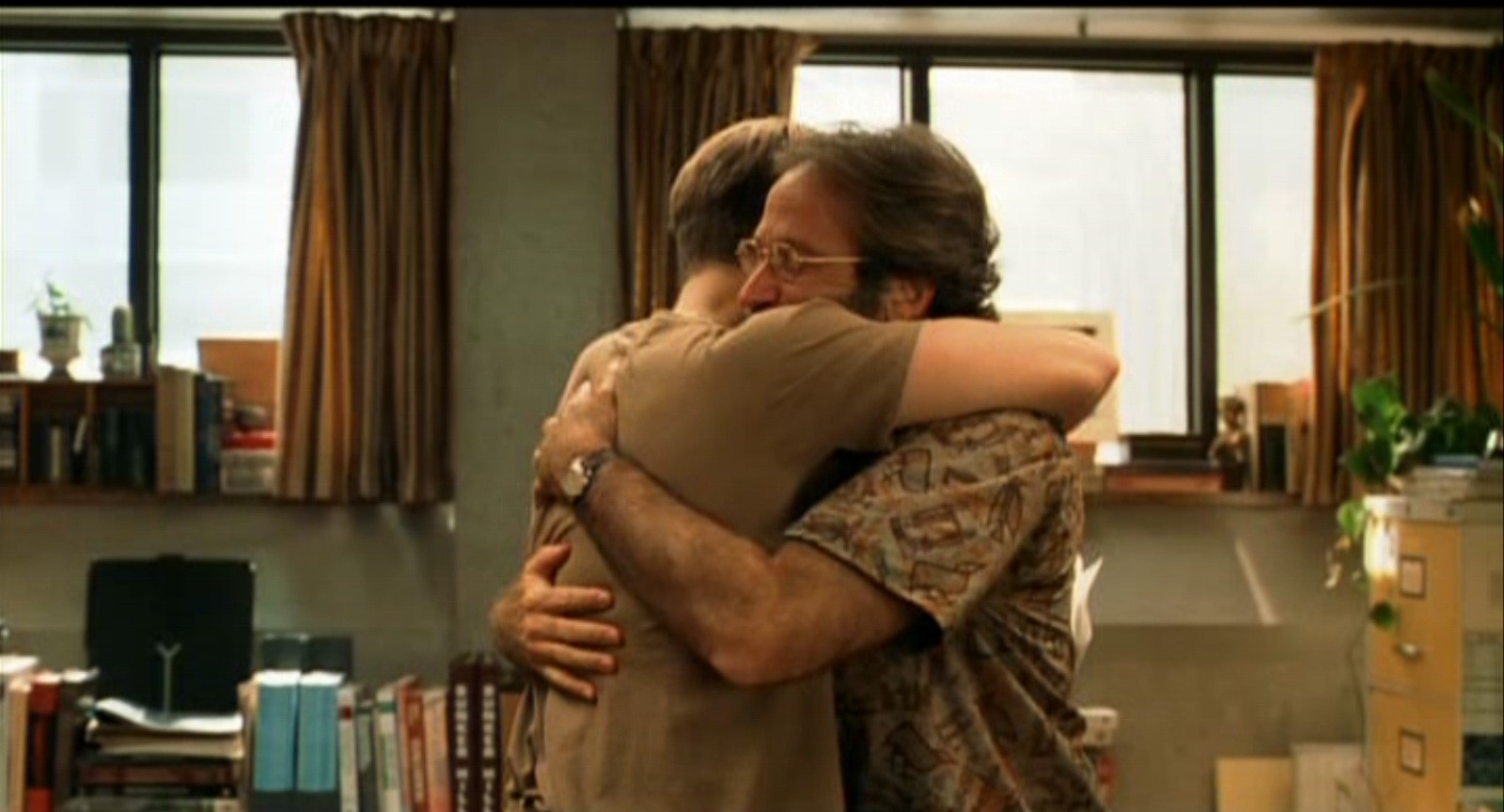
There are certain scenes that no matter how many times you watch them never fail to absolutely tear your heart out and a climactic scene from Good Will Hunting is a prime example of that.
Today it’s even more emotionally impactful as a result of Robin Williams tragic death, but on its own, it is still a scene of endless emotional resonance. The film follows 20-year-old South Boston labourer Will Hunting, an unrecognized genius who becomes a client of therapist Sean Maguire and studies advanced mathematics with a renowned professor.
Through his therapy sessions, Will re-evaluates his relationships with his best friend, his girlfriend and himself, facing the significant task of confronting his past and thinking about his future. Towards the end of the film, Sean and Will share and find out that they were both victims of child abuse. Sean helps Will to see that he is a victim of his own inner demons and to accept that it is not his fault.
It’s not just the writing of the scene that makes it so effecting, it is the performances of both Matt Damon and Robin Williams. With Damon’s tough exterior being slowly broken down, putting up one defence mechanism after another until finally being brought to confront his own inner demons.
You are suddenly reminded of just how vulnerable and delicate his psyche is and the trauma that lies beneath the young man. At the same time Williams’ stern yet reassuring tone is the perfect vehicle to bring that forward, contrasting it as well as complementing it.
24. Dying Moments in American Beauty
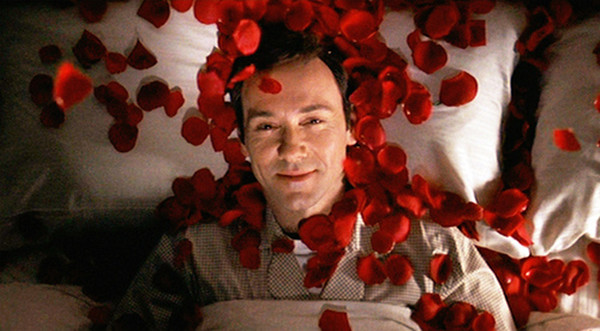
When a scene reflects the fractured and subjective nature of human life it is worth noting, and such a scene exists at the end of Sam Mendes’ suburban drama American Beauty.
A series of beautifully composited images reflecting the space of a man’s life in such a short amount of time, yet as Kevin Spacey himself says those few minutes seem to last so much longer, as if stretching on for eternity. A few scattered snapshots paint a picture of a man’s life and all of the small, meaningful moments that lay within it.
Following the mid life crisis of one, Lester Burnham, an advertising executive who becomes infatuated with his teenage daughter’s best friend, as he struggles to balance his unsatisfactory life and his rapidly destabilising family from his materialistic wife to his shy and insecure daughter. By the end of the film, facing his last few seconds of life and consciousness, Lester reflects on his life as it flashes before his eyes, the beauty of the world around him and of those closest to him.
It is hard to pin down exactly what works so well about the scene. Sam Mendes’ direction seems to glide through each image with such a natural and relaxed flow that it almost eases you into the deep and existential subject matter.
Kevin Spacey’s haunting monologue is one of brilliant depth and reflective compassion, knowing how best to coerce the audience into his point of view. Then there is Thomas Newman’s haunting score that works wonders, tying the whole thing together in one beautiful, existential package.
23. Final Fight in Legend of the Drunken Master
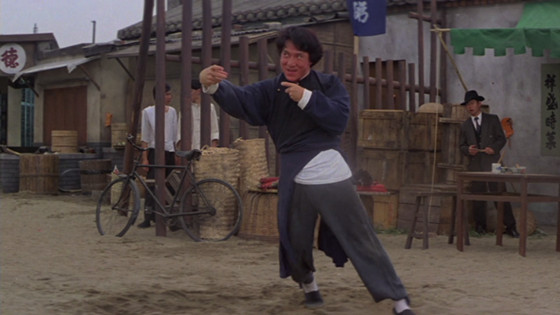
Arguably Jackie Chan’s definitive masterpiece, resurrecting one of his most likable and iconic characters as well as going back to his roots with the sequel to his breakout film, Legend of the Drunken Master may be the perfect showcase for the iconic martial artist.
There’s such a fluidity to every fight, such momentum and impact that the comedy of it is often forgotten, but just as often as it is awe inspiring, the fights are also hilariously entertaining thanks to Chan’s unique brand of physical comedy. But it’s in the final fight where this is at its best.
That final sequence in question is a 20 minute long showdown between Jackie and Ken Lo and displays some of the finest sustained choreography in film history. It was devised and directed by Jackie himself after he fired another legendary choreographer for being too traditional and it’s not hard to be appreciative of that. As Roger Ebert would later write “It may not be possible to film a better fight scene”.
Furthermore, there is such a brilliant physicality to all of this action which of course is purely down to the fact that all of the stunts are actually happening. When Jackie Chan falls into a pit of burning coals in the film’s amazing fire breathing finale, that’s really him falling into real hot coals. In fact Chan did the stunt three times before he got the take he wanted, badly burning himself on that third attempt.
22. Picking up Diapers in Raising Arizona
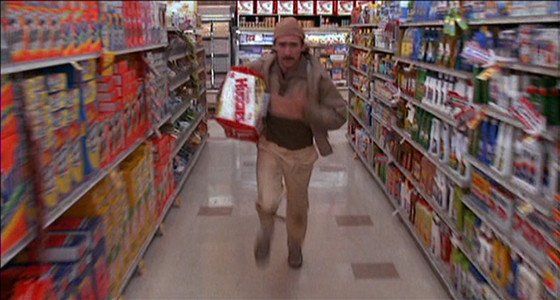
How do you make a live action cartoon? The answer is to watch this scene from Raising Arizona, one of the earliest hits of the Coen Brothers, displaying their unique brand of comedy and showcasing it for the world to see. It’s difficult to find anything in their career as humorous or as memorable as Nic Cage running down a high street, pantyhose over his face and a box of Huggies under one arm.
Feeling the strain of parental pressures, H.R McDunnough reverts to his old criminal ways while on a supply run. The resulting chase sequence only escalates in its bizarre and outlandish nature as he runs across slathering dogs, trigger happy police officers and senile truck drivers who can’t help but remark on his unusual headwear as well as the whole inexplicable party being coat tailed his own wife and child in hot pursuit.
Though his crazy outbursts have become a parody over the years, this is Nic Cage at his best as his hectic energy is almost infectious as he bounces off the walls of the screen, making you laugh right to the end of the road.
As well as that it’s shot in such a frantic and chaotic style that it’s almost impossible to laugh as the situation escalates and moves in such a fluid yet seemingly random order. The folkish soundtrack adds another layer of humour to the scene, turning it into a fantastic display of classic slapstick comedy.
21. Extra Curricular in Rushmore
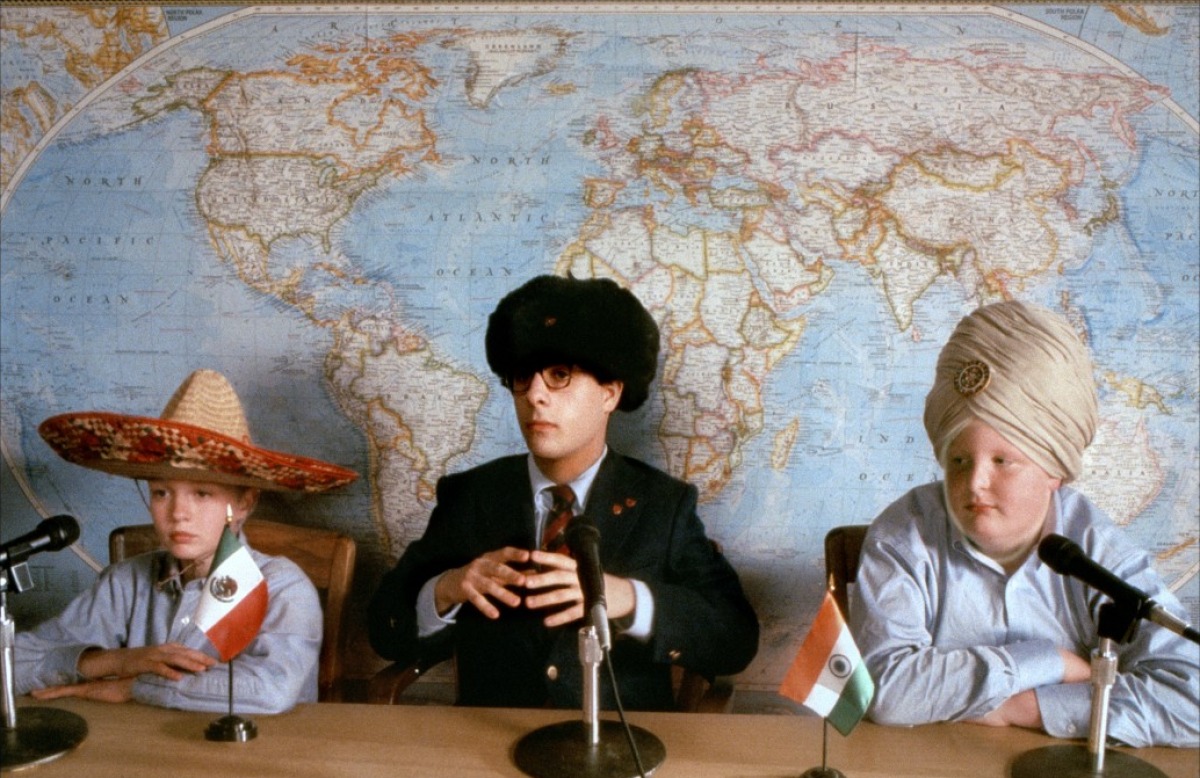
Wes Anderson has been known to exact humour through geometry, even if you have yet to realise it and may find it hard to believe the way he composites and organises each shot contributes heavily to its overall comedic effect. Serving as an opening to the film, it establishes the eccentric and mature nature of Max Fischer, played by Jason Schwartzman, as well as his unusual position as Rushmore Academy’s most extra curricularly involved and least scholarly student.
Each image is so perfectly composed and wonderfully realised that you can’t help but laugh at each one, and the way in which they are all strung together in such a fast paced and perfectly edited montage is wonderful to behold. It is both childish and immature in its simple use of visual gags but also intelligent and smart in its construction.
Even the titling itself contains a few jokes to elevate the scene. It’s deadpan, dry and straight faced but also wonderfully silly, displaying all the characteristics we have come to know and love from Anderson.
20. Sicilian in True Romance
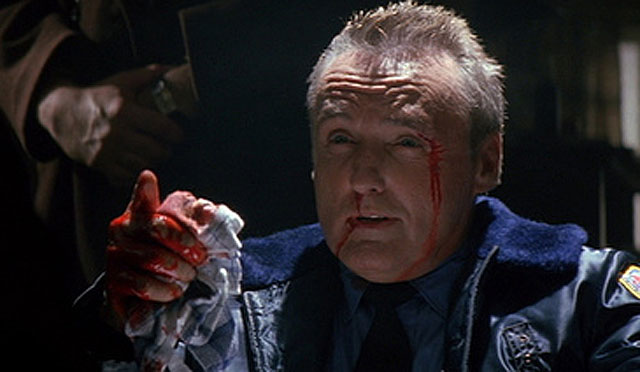
When you ask Quentin Tarantino to write his idea of a romance movie, you get True Romance, a sprawling, violent, crime fuelled black comedy. At the heart of the movie is the couple of Christian Slater and Patricia Arquette but within the movie also lies perhaps the best ensemble cast in cinematic history with the likes of Dennis Hopper, Christopher Walken, James Gandolfini, Gary Oldman, Val Kilmer, Samuel L Jackson and Brad Pitt as well as many more.
Out of that fantastic cast come a number of impressive scenes and interactions but the one that everyone remembers is undoubtedly the Sicilian conversation between Christopher Walken and Dennis Hopper. As the father of the central couple, Clifford Worley, Hopper is being interrogated by Don Vincenzo Coccotti (Walken), consigliere to a mobster named “Blue Lou Boyle”, who wants the drugs. Clifford, realizing he will die anyway, mockingly defies Coccotti with a speech about Sicilian heritage.
The usual Tarantino dialogue permeates the scene and works so perfectly to elevate the tension as it slowly rises to boiling point. It’s an amusing anecdote but one that also wastes no time in establishing the character dynamic and raises the stakes by no end. Tarantino himself has named it as one of his proudest moments.
“I had heard that whole speech about the Sicilians a long time ago, from a black guy living in my house. One day I was talking with a friend who was Sicilian and I just started telling that speech. And I thought: ‘Wow, that is a great scene, I gotta remember that’.”
19. Out of the TV in Ringu
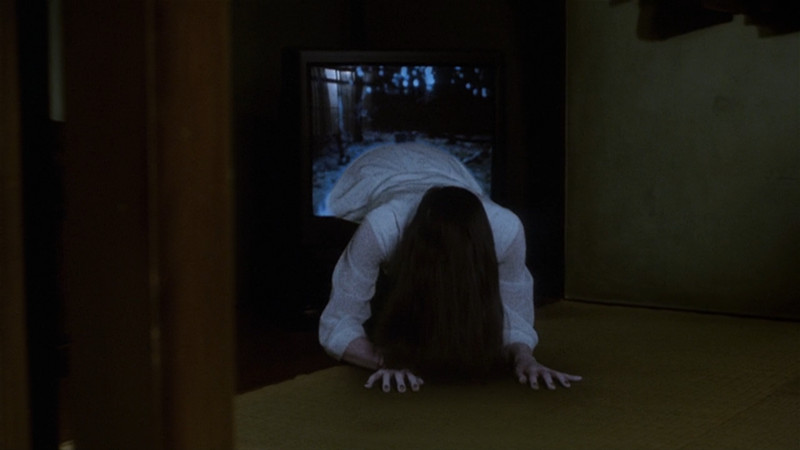
It’s not easy to create a piece of horror iconography within such a short space of time (if you don’t believe us, look no further than the torrent of horror remakes as a result of countless studios trying and failing to establish their own franchise, opting instead to just revive the icons we already have an attachment to) but in an instant the 1998 Japanese psychological horror. The film follows TV reporter and single mother Reiko who is caught up in a series of deaths surrounding a cursed video tape.
When the hideous spirit emerges from the television, it’s a moment of pure and inventive horror. Though many people probably associate the concept with the 2002 American remake, but the originality of this version naturally gives it the edge.
Not only that but it really specialises in the inhumane nature of the scene, taking into account every subtle movement to unnerve the audience, Additionally, as opposed to relying on cheap editing tricks the transition from television to reality is captured in one take, making it all the more disturbing and extraordinary.
18. Blake in Glengarry Glen Ross
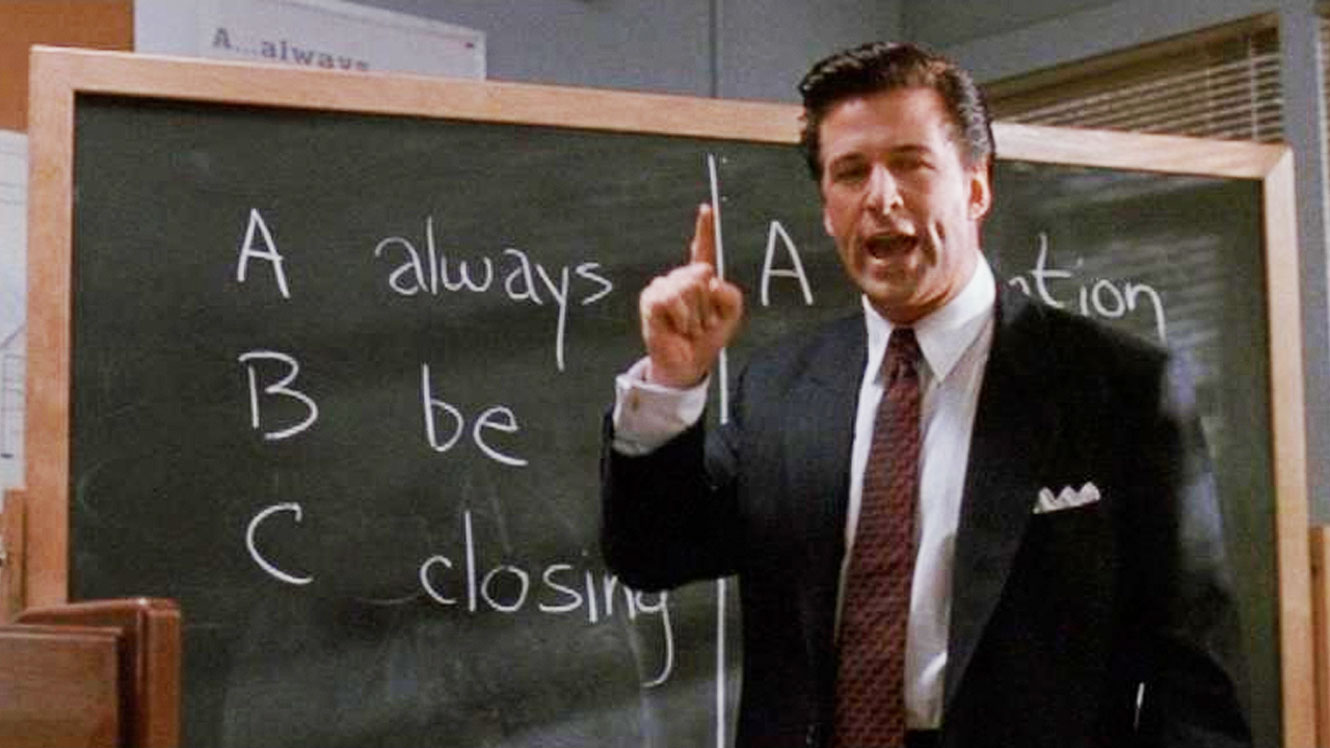
A perfect example of not only a great scene but a great character and performance whose entirety is captured within that scene. In a film that includes performances from Al Pacino, Jack Lemon, Kevin Spacey, Ed Harris and Alan Arkin, it would take a lot to standout, let alone stand out with just ten minutes of screen time, but as the foul mouthed motivational salesman, Alec Baldwin did just that.
Having been sent to motivate the salesman, Blake unleashes a torrent of verbal abuse on the men and announces that only the top two sellers will be allowed access to the more promising Glengarry leads and the rest of them will be fired.
The most bizarre thing about the scene is that in a film that was essentially a word for word adaptation of David Mamet’s play, with the screenplay also being written by Mamet, this scene did not exist in the play at all. This scene was only added as Mamet felt he had to ass some more length to the film, meaning that the most memorable scene came from one entirely irrelevant to the plot.
However it really paid off, as Baldwin’s ten minute tirade is the stuff of legend. In a room full of acting legends he dominated the proceedings, intimidating, charismatic commanding and endlessly active, he runs circles around the others, belittles them, puts them in their place and wraps it all up with a threat to their livelihoods. It’s a scene of great acting talent that blows everyone else out of the water, completely stealing the show in the process.